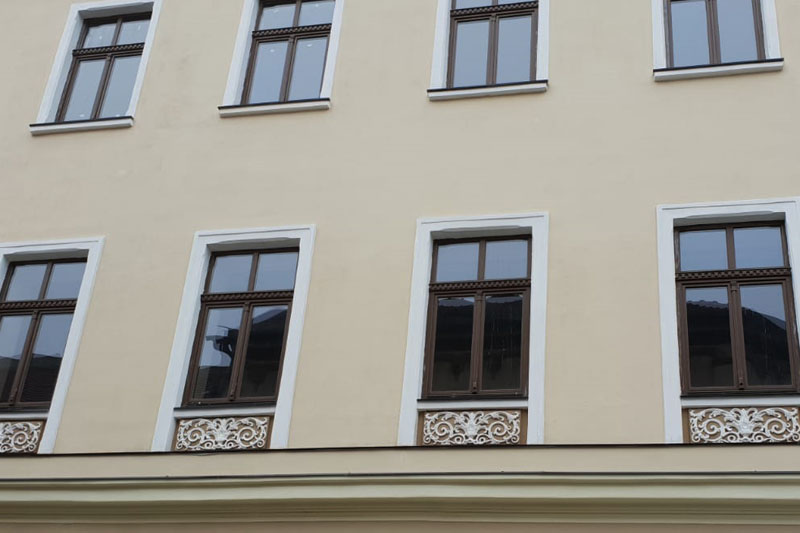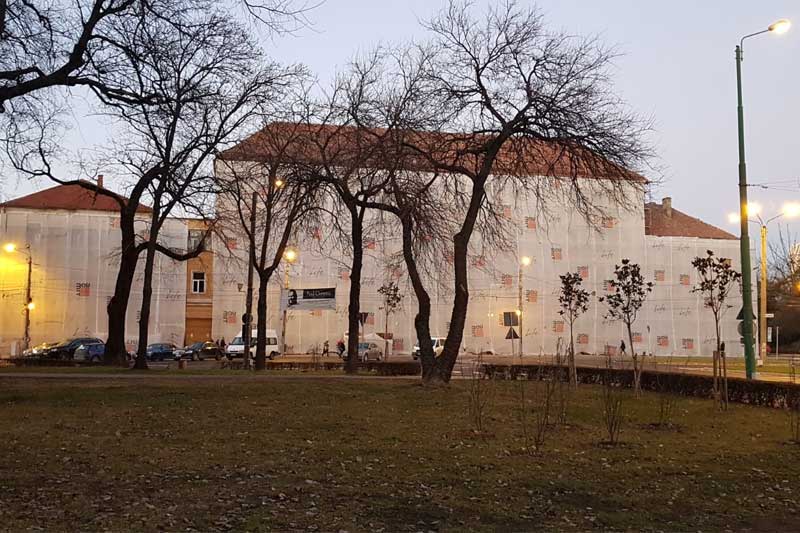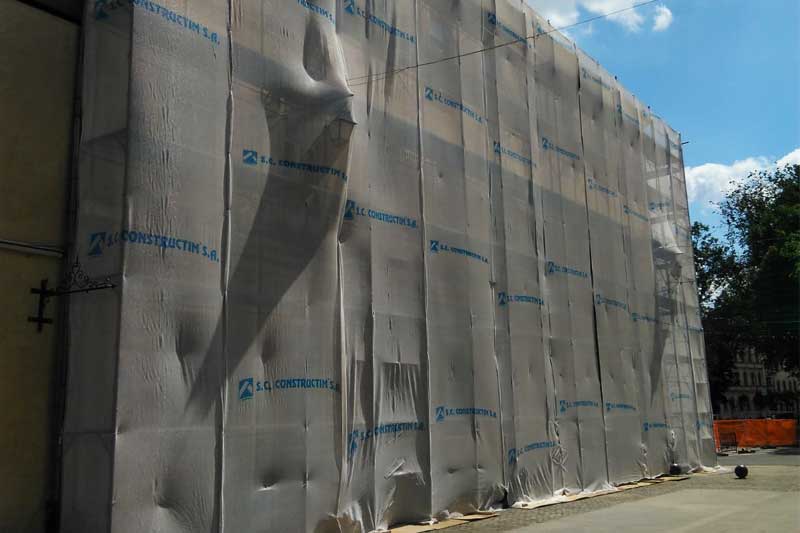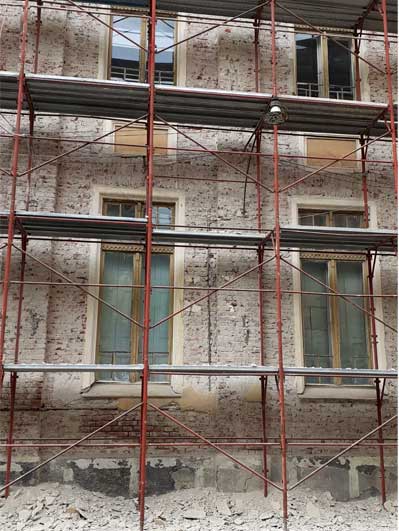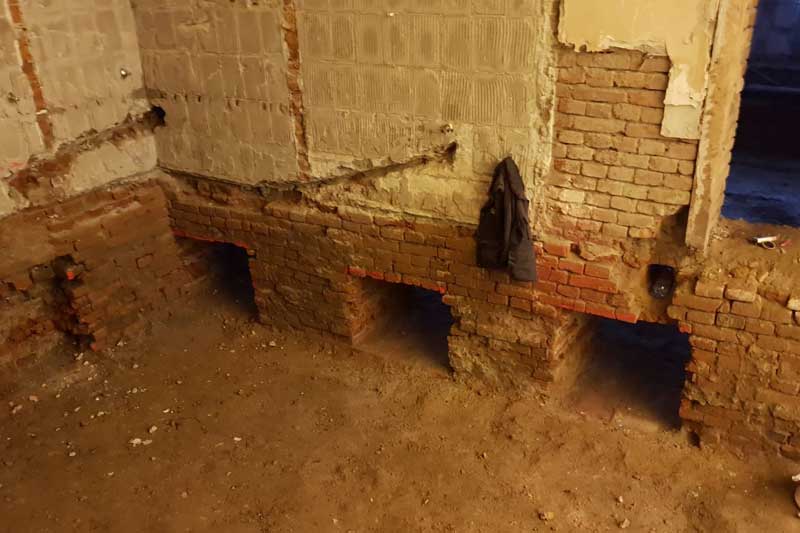Project details
Description
The building was erected more than a hundred years ago and originally housed a nun's school. I.C. Brătianu College is a representative institution of education, with tradition for the city of Timisoara and the county of Timiș. Considering this building is in the centre of Timisoara, located at Iancu Huniade Square, no. 2. with an architecture that reminds one of the history of this city, the rehabilitation of this objective will be representative for the whole area.
The building is included in class II "buildings of special importance" - buildings of national heritage, and is a historical building included on the list of national historical monuments, "Fortress of Timisoara” neighbourhood (LMI code 2010, TM-II-sA-06095), with I.C. Brătianu College situated in the 33rd district.
The first building, (Iancu Huniade Square, corner with L. Blaga Street) was built in 1746, as housing for the ”Office of Salt” officials, then the headquarters of the ”Chamber of the Office of Salt”. The building in the Huniade Square has been erected starting in 1746 and functioned as a Salt Depot and the Salt Chamber Office. It was demolished in 1876 and rebuilt in 1900 (1905) and was used as the City School for Girls, and since 1905 as the School for Girls of the Order of Notre Dame, and later as the School of Light Industry, MIU High School.
The works will include the replacement of the roof coverings of the buildings by completely removing the existing coverings in order to replace them with materials of the same type as the current ones (tile, profiled, unglazed ceramics); total replacement of the support elements of the coverings, detailed check of the structural elements of the frame and replacement/repair of the damaged elements (identification will be done directly, on the spot); replacement of the steps, troughs, buttresses with new ones, made of matt galvanized sheet; detailed control of the elements from the roof eaves to detect degraded elements in order to replace them; removing the plaster of the chimneys (the area above the covers) and cleaning the joints of the masonry and restoring the finishes of the baskets; local repairs to the masonry pediments of the bridge (cracks, beaks, etc.); fireproofing the wooden frame elements and protecting them (with anti-mould, anti-fungal solutions);
On the facades, the works include uncovering the outer plastering of the exterior walls of the buildings, cleaning the joints, restoring the plastering and finishing (respecting the current architecture) with materials compatible with the historical value of the building and according to the proposals of the restorative architect, restoring the architectural decoration elements from the architectural ones, the same as the existing ones masonry of the walls with compatible materials for the restoration of the old masonry, and large cracks (over 3 mm) will be "sewn" beforehand with metal slats/staples and they will be also injected, uncovering the facade base, cleaning the masonry joints and restoring the plaster from the base with a hydraulic lime mortar (which allows the evaporation of the water from the masonry) or with special materials compatible with the old age of the buildings, injection of the cracks in the masonry beforehand, the replacement of the facades (windows and exterior doors) with some new ones of double glazing type with wood or stratified wood joinery.



